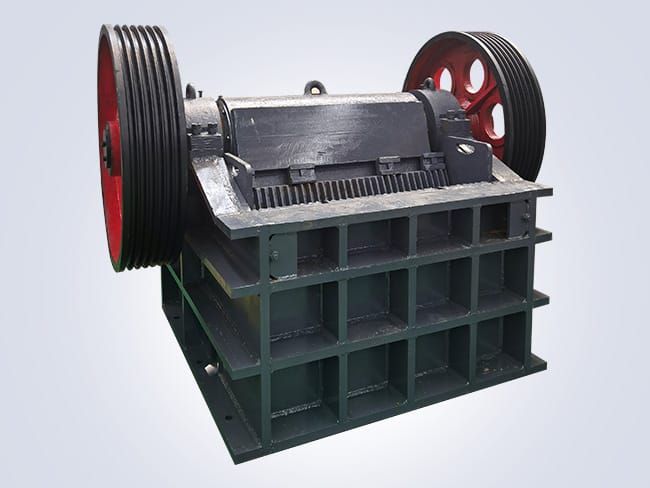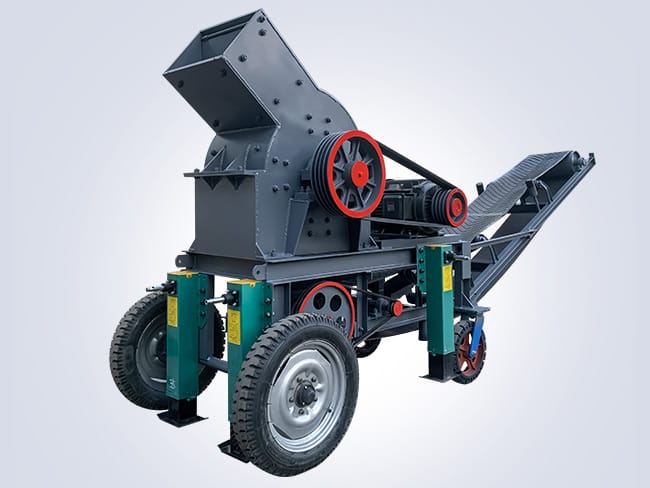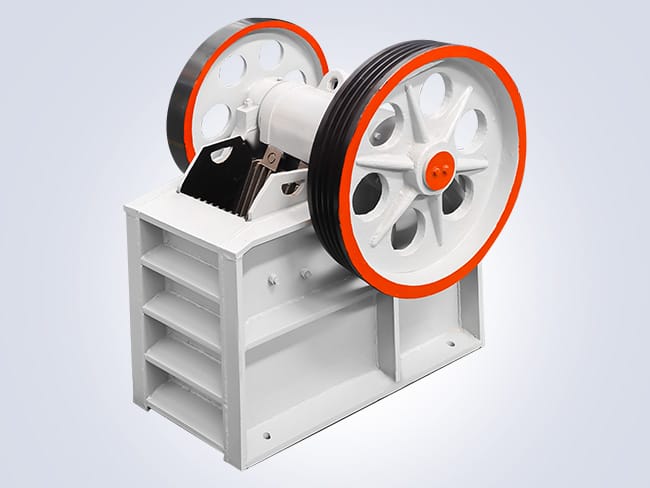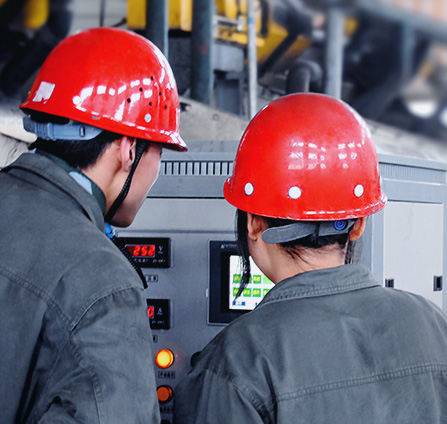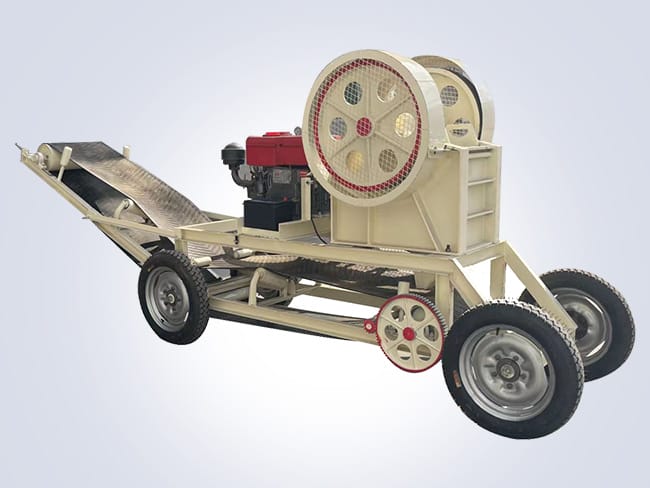
Jaw crushers, also known as “tiger’s jaws,” are indispensable coarse crushing equipment in fields such as mining, construction materials.And metallurgy. Their working principle is based on simulating the movement of an animal’s jaws. An eccentric shaft is driven by an electric motor, causing the movable jaw plate to oscillate periodically. When the movable jaw plate approaches the fixed jaw plate, the material is crushed through compression, splitting, and breaking. When the movable jaw plate moves away, material smaller than the discharge opening is discharged by gravity.While material that has not been fully crushed is displaced to the lower part of the crushing chamber for further processing.
Jaw Crushers: The Cornerstone Equipment for Mineral Crushing
This equipment features a simple structure and easy maintenance. It can handle hard materials with a compressive strength of up to 320 MPa .And has a maximum feed size of up to 1,800 millimeters. With a large crushing ratio and uniform product particle size. It is suitable for the primary crushing of large materials such as granite and iron ore. However, jaw crushers also have some drawbacks. Such as poor particle shape of the discharged material and relatively high noise and vibration levels, which require improvements through structural optimization or the addition of noise-reduction devices.
With technological advancements, large-scale and intelligent designs have become trends. The application of technologies such as hydraulic adjustment of the discharge opening. And intelligent monitoring systems has significantly enhanced the efficiency and reliability of the equipment. In the future. jaw crushers will continue to play a crucial role in the mining industry.Driving the green and efficient development of industrial production.




